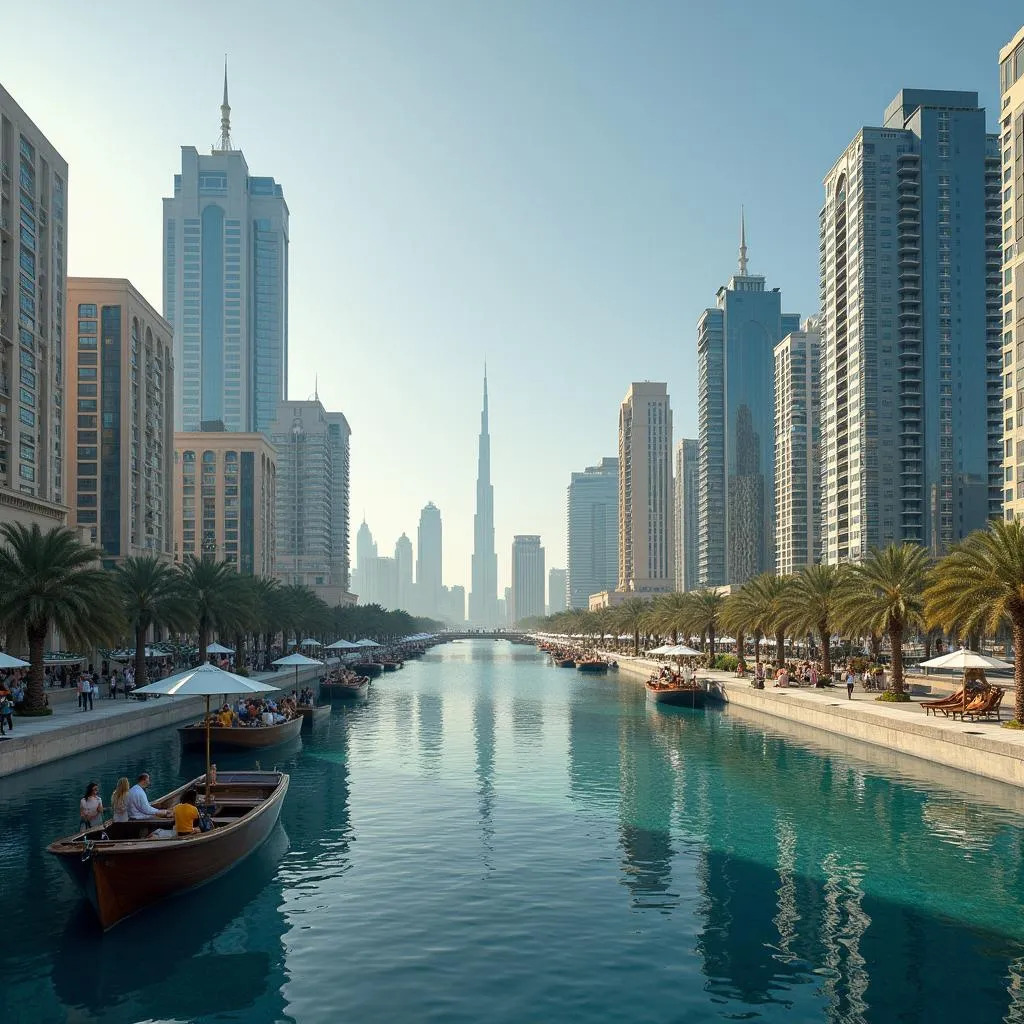
Norway’s Government Pension Fund Global, better known as Norges Bank Investment Management, tops the list with approximately $1.76 trillion in AUM. It remains the world’s largest, maintaining a long-standing lead as the premier sovereign investor. China’s SAFE Investment Company and China Investment Corporation follow with $1.41 trillion and $1.33 trillion, respectively, cementing the prominence of Chinese state capital. Within the Gulf Cooperation Council, three funds surpass the trillion‐dollar threshold: Abu Dhabi Investment Authority at just over $1.05 trillion, Kuwait Investment Authority at $1.03 trillion, and Saudi Arabia’s Public Investment Fund nearing $925 billion. These figures highlight the GCC’s role as a fulcrum of state wealth, driven largely by oil revenues.
The reshaping of global economic influence is evident in these shifts. Norway’s fund not only tops the charts but has also prompted domestic debate—regarding its active management strategy and ethics—as it navigates a balance between financial returns and responsible investment. The GCC funds have grown increasingly assertive. ADIA, established in 1976, and KIA, the oldest sovereign wealth fund founded in 1953, now head the GCC inventory of global funds. Saudi Arabia’s PIF, while slightly below the $1 trillion mark, maintains its position through high-profile investments aimed at economic diversification.
For China, the dual presence in the top three—SAFE with $1.41 trillion and CIC with $1.33 trillion—signals Beijing’s strategy of harnessing massive foreign reserves through different vehicles. CIC, created in 2007, and SAFE, operating since 1997, have both evolved from reserve managers into global investment players. SAFE’s classification as a non‑commodity sovereign fund further differentiates its approach from resource‑rich peers.
Beyond the top tier, Singapore’s GIC, with $800 billion AUM, and Temasek, with $630 billion, exhibit Asia’s growing influence in state-sponsored investment. Combined with Central Provident Fund reserves, Singapore’s managed assets exceed $1.7 trillion.
Several emerging trends stand out. First, sovereign funds are deploying more capital towards private markets and alternative assets, aligning with broader industry trends. Second, geopolitical diversification has intensified; GCC funds, in particular, are targeting Western infrastructure, technology, real estate, and biotech sectors. Third, governance scrutiny is mounting—Norway has launched new reviews on active management, while others face calls for enhanced transparency and domestic versus foreign investment balance.
Industry analysts highlight the proliferation of these funds as central to global capital flows. The top ten sovereign wealth funds collectively oversee more than $10.9 trillion, making them among the largest single vehicles of global investment. This concentration amplifies their role in stabilising markets, influencing policy and shaping thematic investment strategies—particularly in energy transition, infrastructure, and technology.
Looking ahead, several questions remain. Will Norway’s fund sustain its ethical and governance leadership amid calls for reorientation? How will Chinese funds adjust to global repositioning under tightening regulatory regimes? And can GCC funds successfully diversify national economies through overseas investments without exacerbating geopolitical risks?
